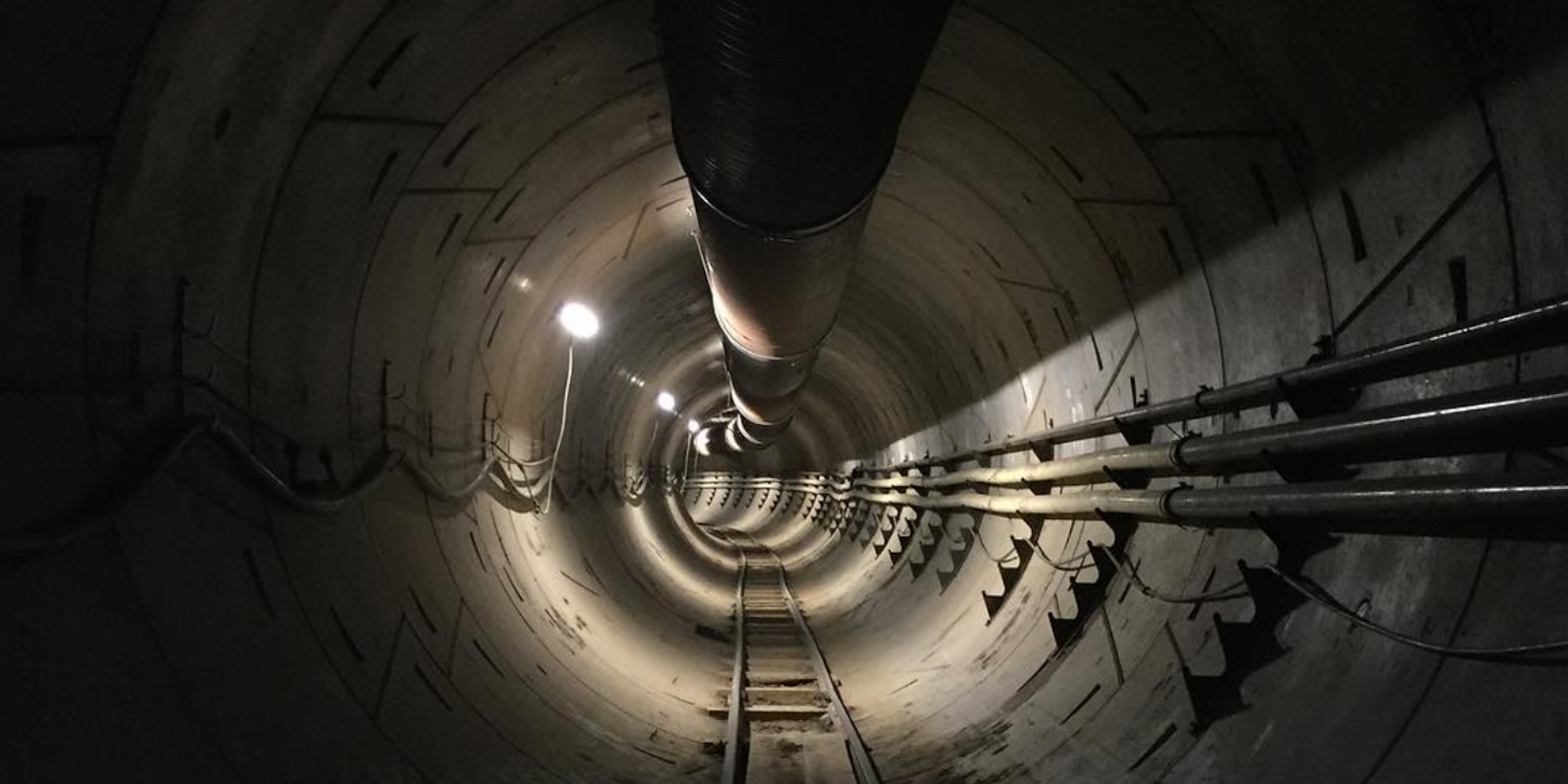For anyone who doubted Elon Musk‘s ambitious vision to revolutionize transportation using underground tunnels, Musk is letting the photos speak for themselves.
Behold, the very first image of the Boring Company’s Los Angeles tunnel.
https://www.instagram.com/p/BazkWGvAsPJ/?taken-by=elonmusk
The aptly named project founded by Musk started drilling under the SpaceX headquarters parking lot in Hawthorne, California several months ago. It completed the first section in July and began drilling past its property line after being granted a test permit by the city of Hawthorne in August.
The image shows a section that looks a lot like what Musk revealed in a futuristic concept video for his vision.
The goal is to use low-cost boring machines to build a series of interconnected tunnels and transport cars on high-speed “skates” that run on electric rail lines. If all goes well, the new transit system could ease Los Angeles’ notorious congestion and eventually make traffic across the country extinct.
The tunnel Musk is currently building will be 2 miles long and run below public roads and utilities near the SpaceX headquarters. It will not be used by the public, and will instead act as a location for the Boring Company to develop a proof-of-concept on the fundamental elements of Musk’s vision.
Musk commented on his Instagram post explaining that “in about a year” the tunnel will run from Interstate 405 to Interstate 101 with exits every mile or so: “It will work like a fast freeway, where electric skates carrying vehicles and people pods on the main artery travel up to 150 mph, and the skates switch to side tunnels to exit and enter,” he wrote.
The business magnate says 500 feet of the test tunnel has already been dug and he expects the project to be complete in three to four months.
H/T Electrek


